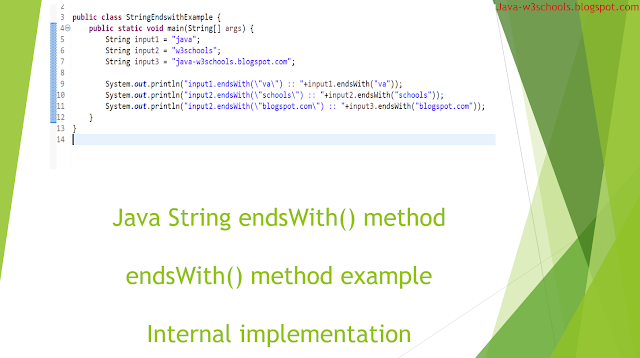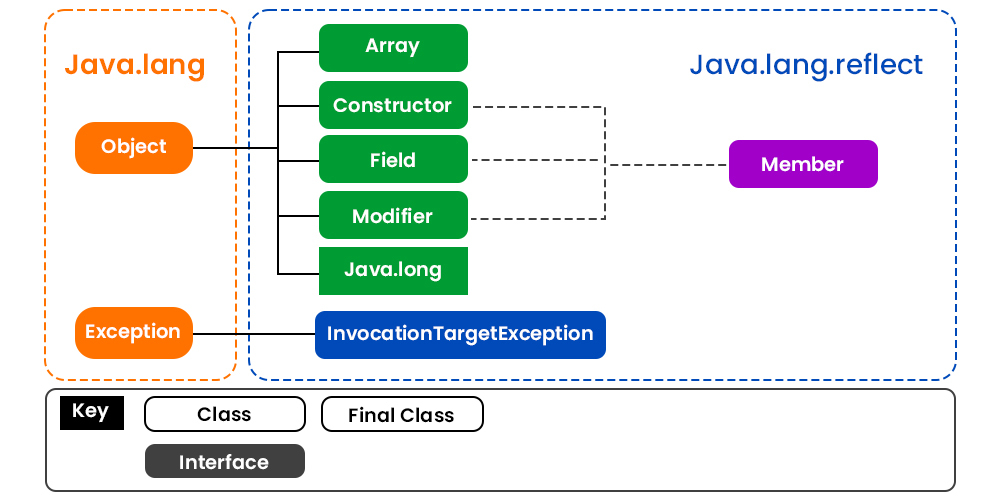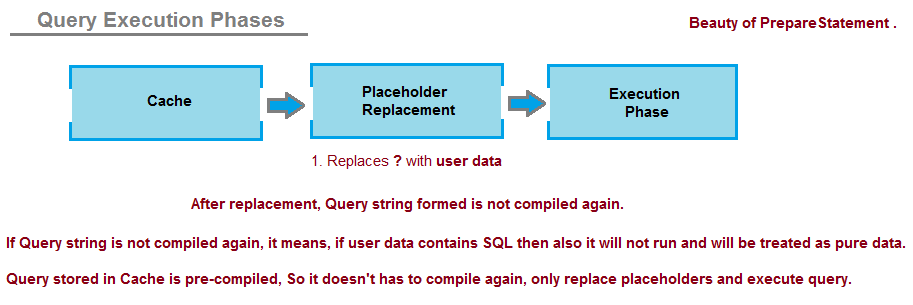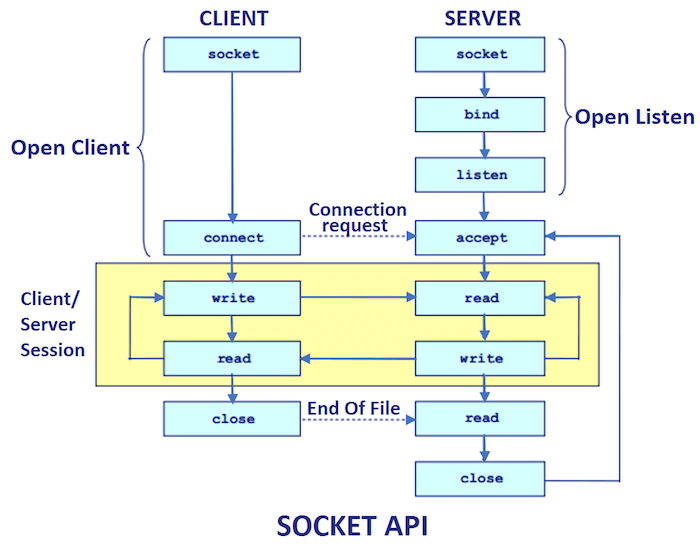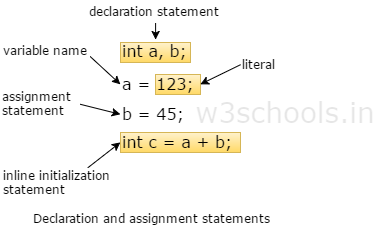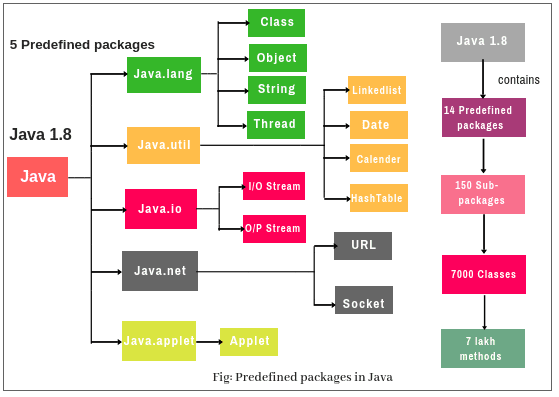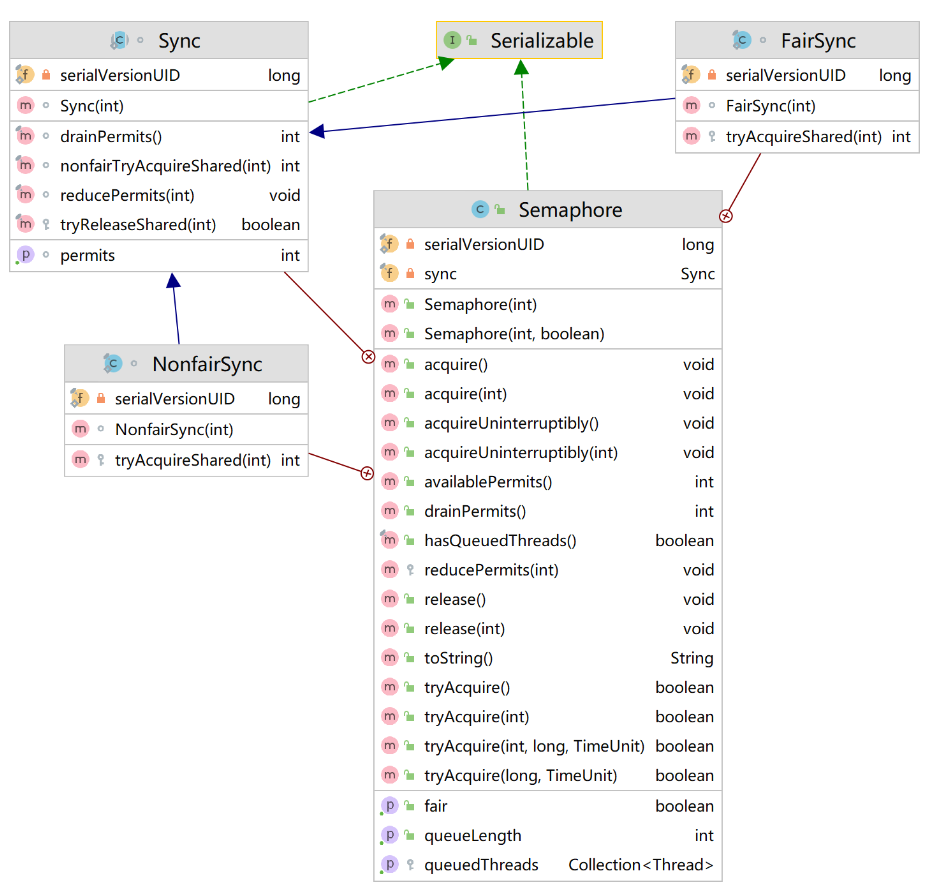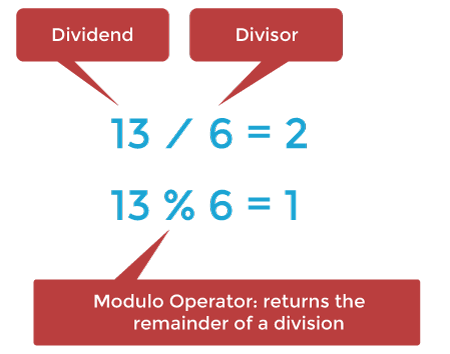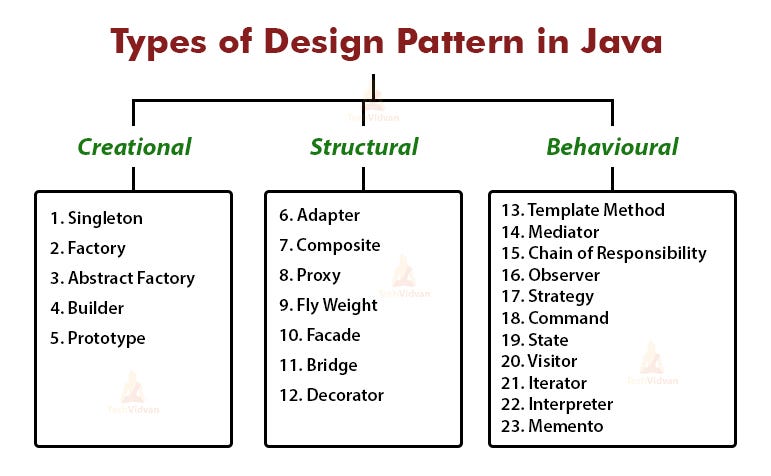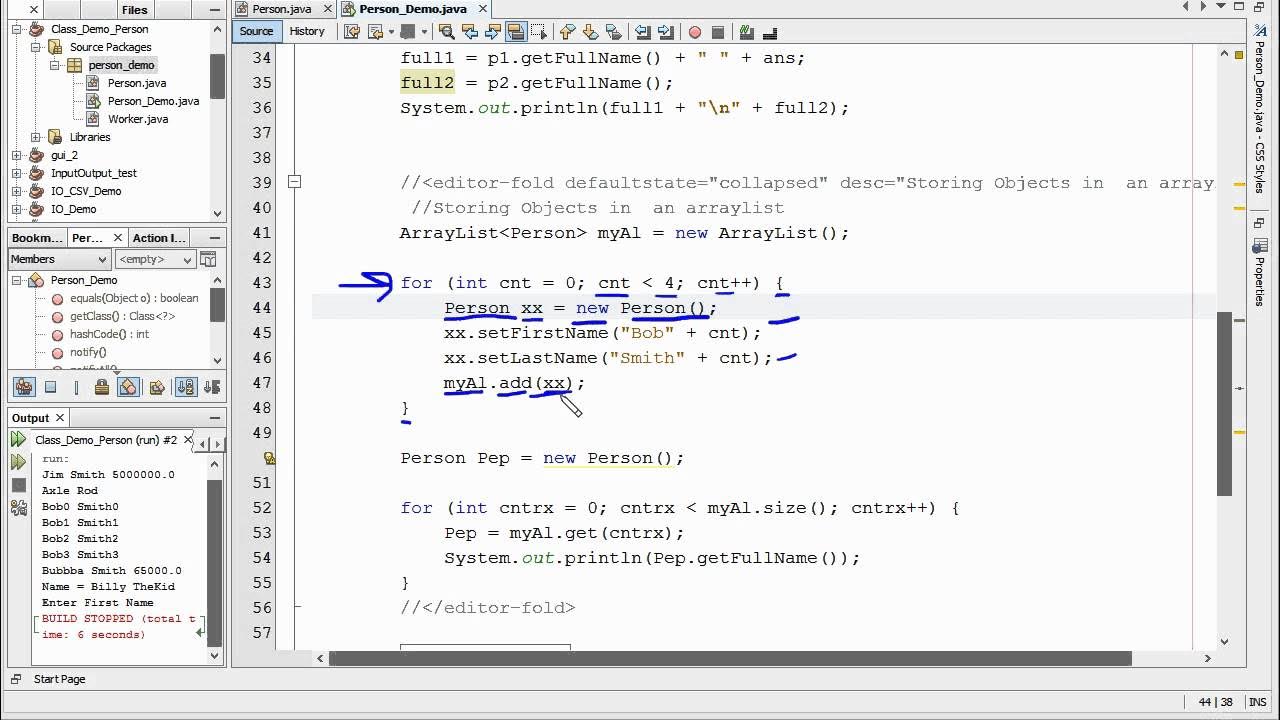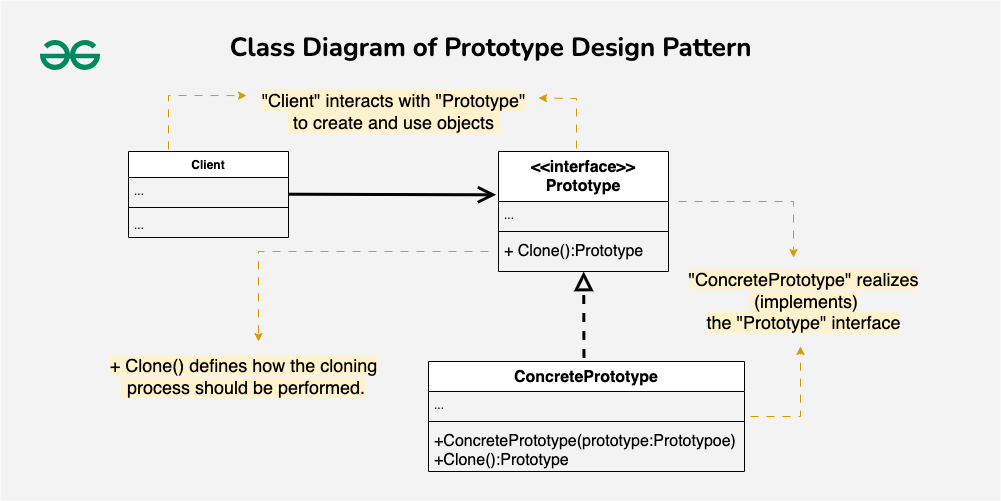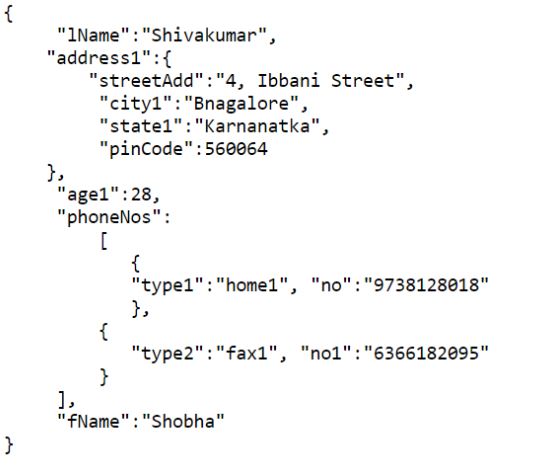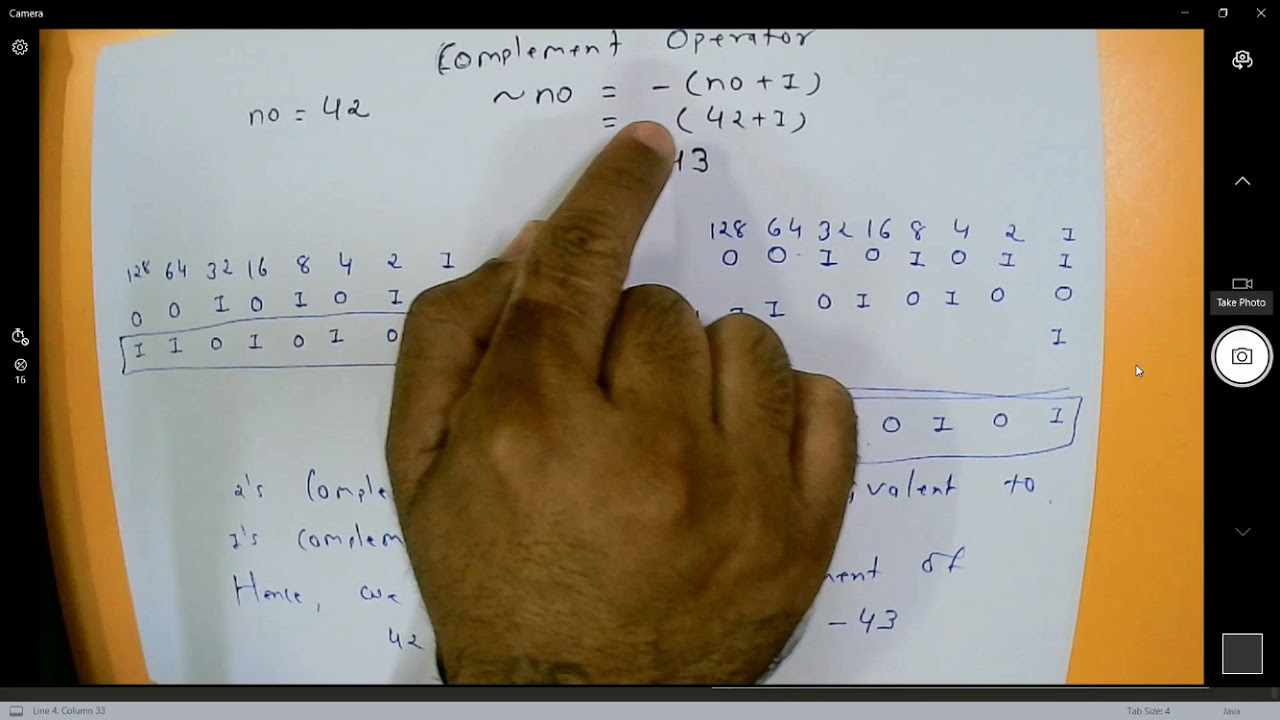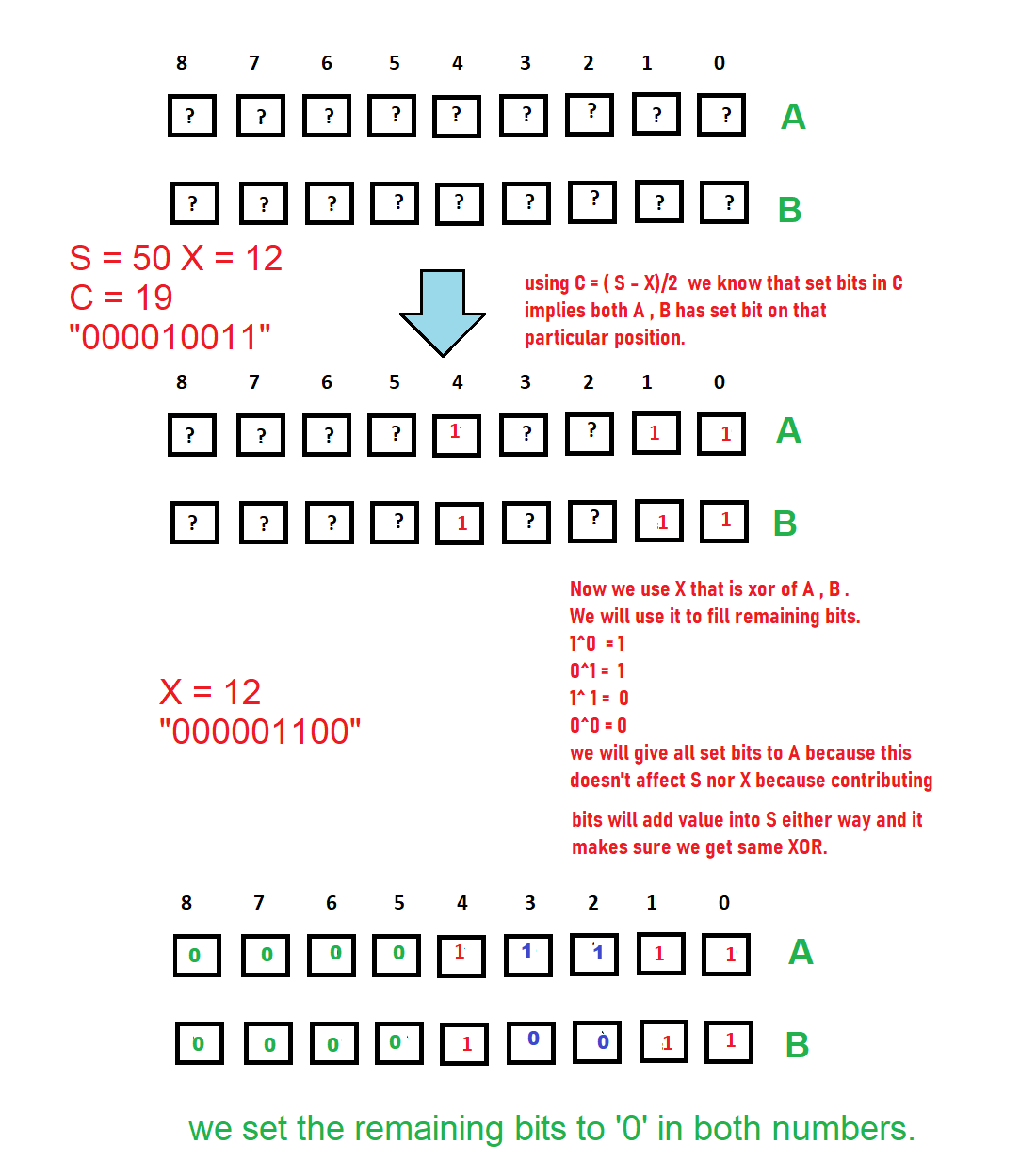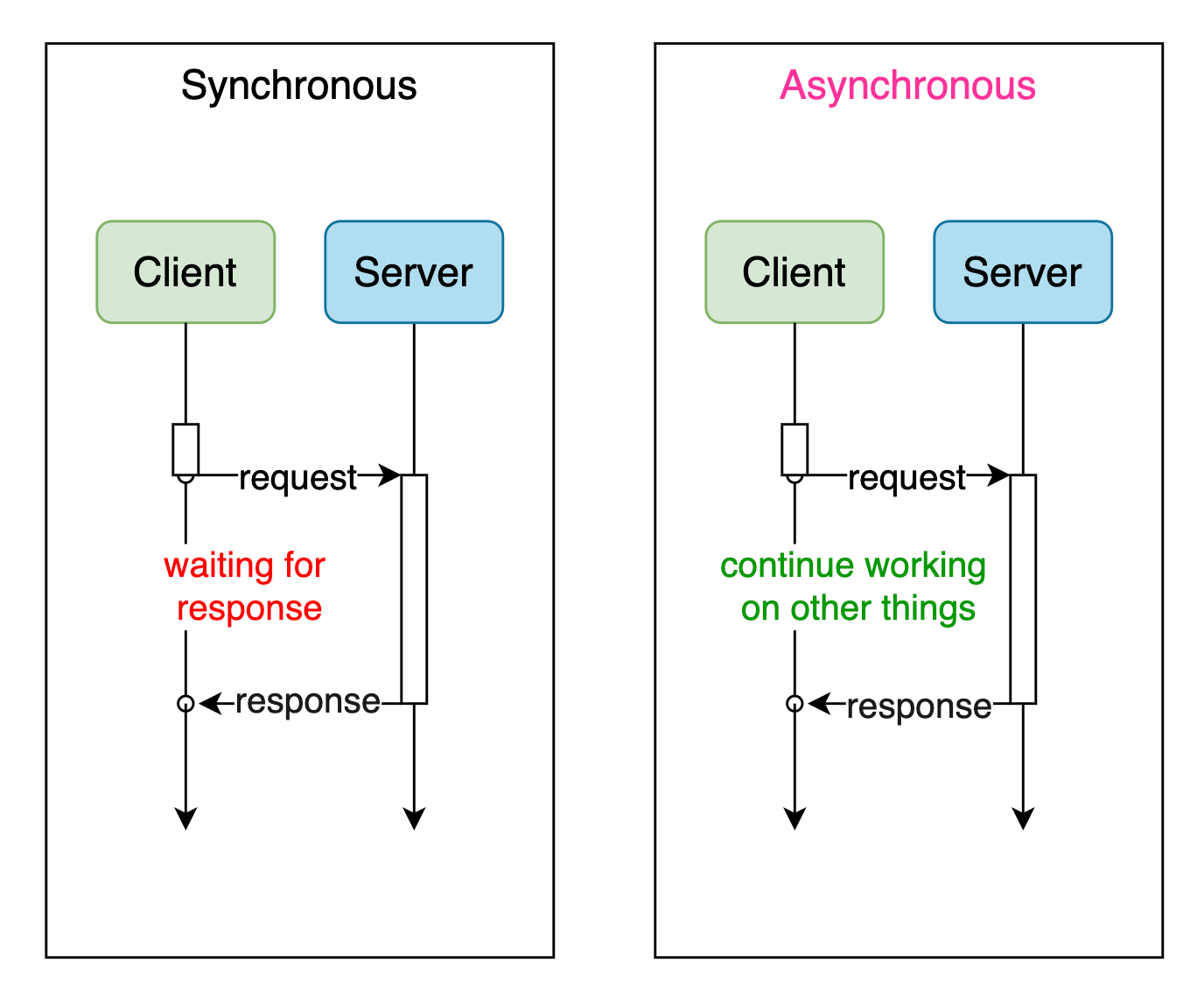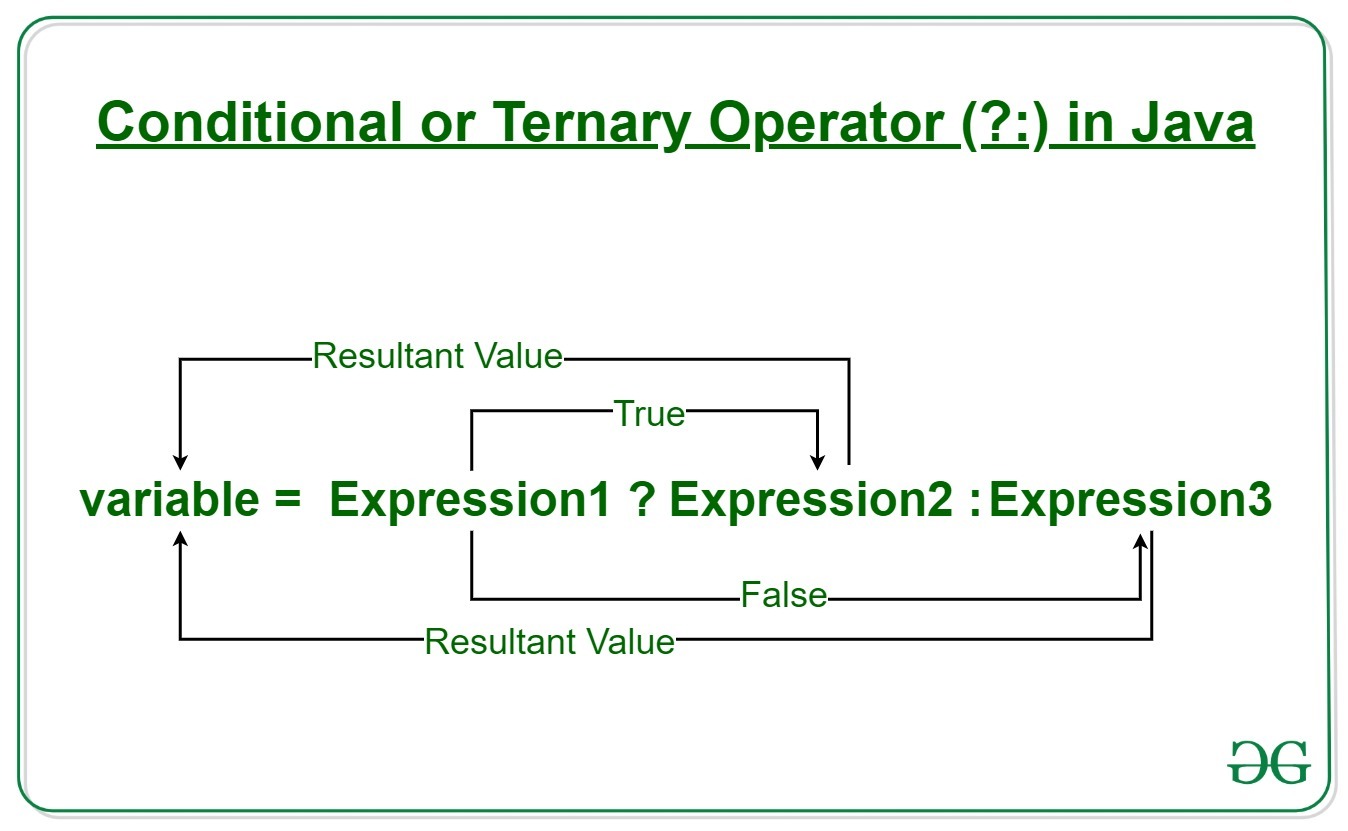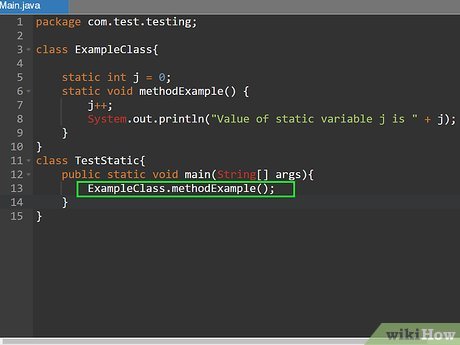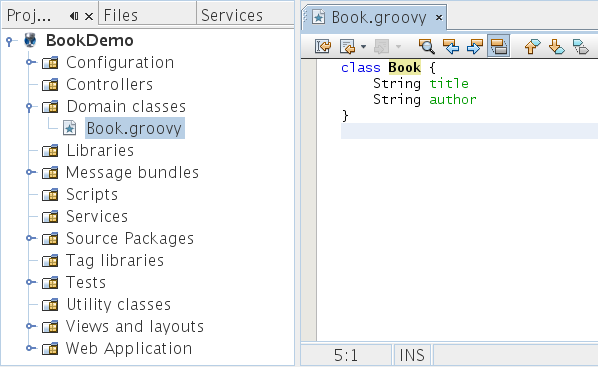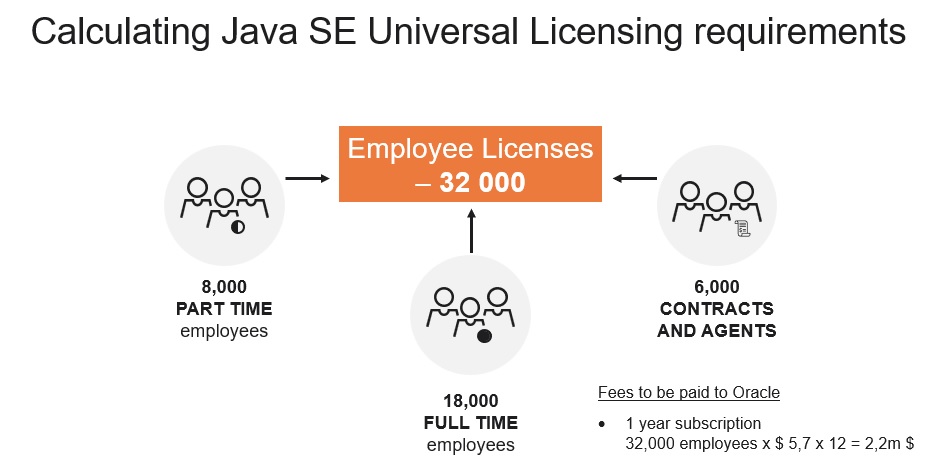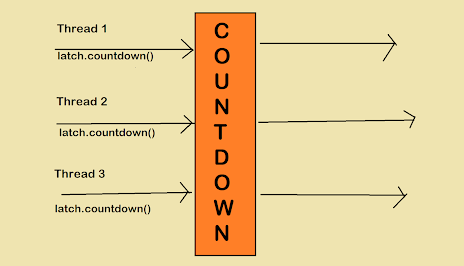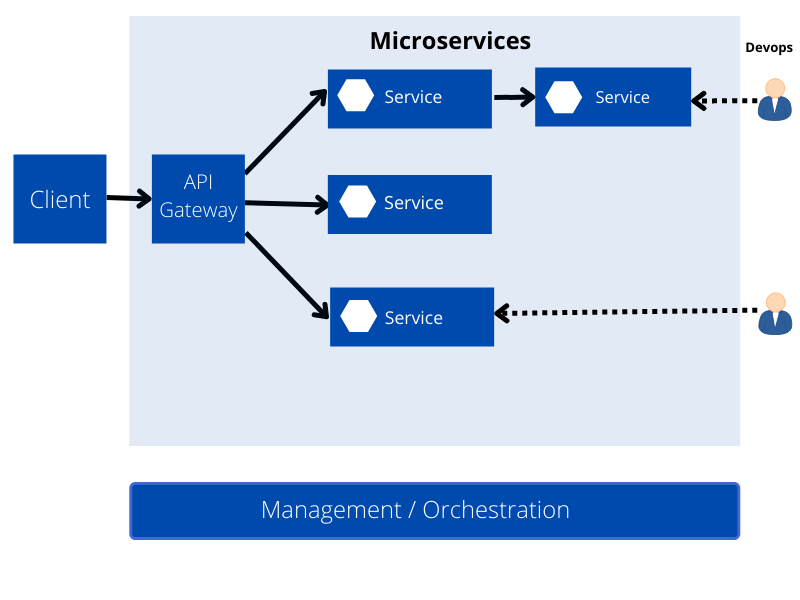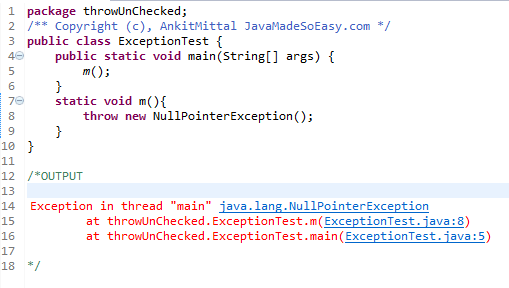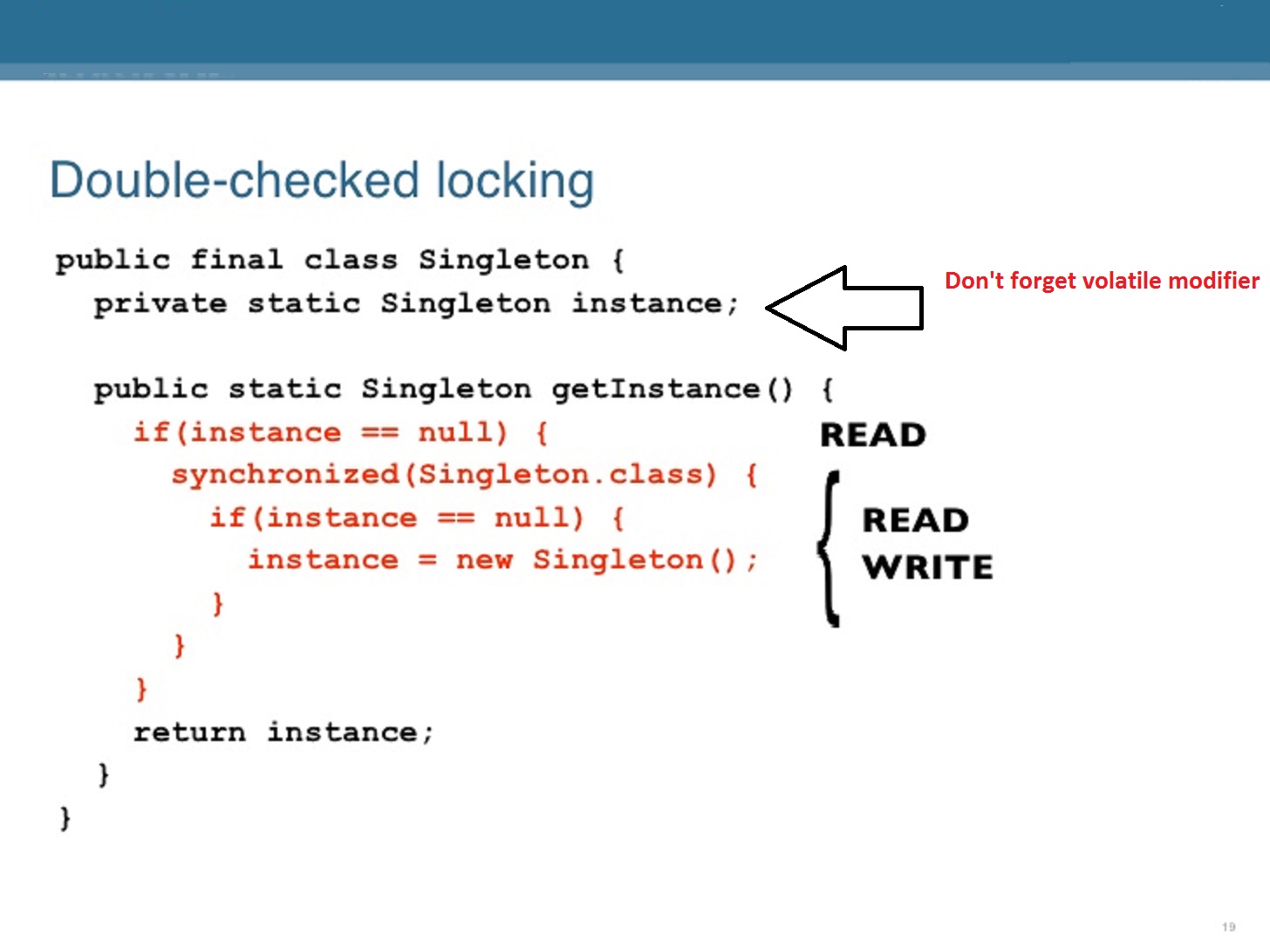method scope in java
method scope in java
I'd be happy to explain the concept of "method scope" in Java.
In object-oriented programming (OOP), a method is a block of code that can be called multiple times from different parts of your program. A method has its own scope, which determines the visibility and accessibility of its variables and methods.
Java has three types of method scopes: local scope, instance scope, and static scope.
Local Scope
A local variable or method is declared inside a block (such as a method or loop) and is only accessible within that block. Once the block is exited, the local variable goes out of scope and cannot be accessed anymore. Local variables are also known as "method-local" variables.
Example:
public class MyClass {public void myMethod() {
int x = 10; // local variable
System.out.println(x); // prints 10
}
}
In the above example, x is a local variable declared inside the myMethod() method. It can only be accessed within that method.
Instance Scope
An instance variable or method is associated with an object of a class and is accessible throughout the lifetime of that object. Instance variables are also known as "data members" or "fields". Each object has its own copy of instance variables, so changes to one object's instance variables do not affect other objects.
Example:
public class MyClass {int x = 10; // instance variable
public void myMethod() {
System.out.println(x); // prints 10
}
}
In the above example, x is an instance variable declared inside the MyClass class. Each object of this class has its own copy of x, and changes to one object's x do not affect other objects.
Static Scope
A static method or variable is shared by all instances of a class and can be accessed without creating an object. Static variables are also known as "class variables" or "constants". Static methods can only access static variables and methods, but not instance variables or methods.
Example:
public class MyClass {public static int x = 10; // static variable
public static void myMethod() {
System.out.println(x); // prints 10
}
}
In the above example, x is a static variable declared inside the MyClass class. The myMethod() method is also static and can be called without creating an object. Any changes to x affect all instances of this class.
In summary, understanding method scope in Java helps you write more organized and maintainable code by controlling access to variables and methods. By using the right type of scope (local, instance, or static), you can ensure that your code is reusable, efficient, and easy to understand.
class scope in java
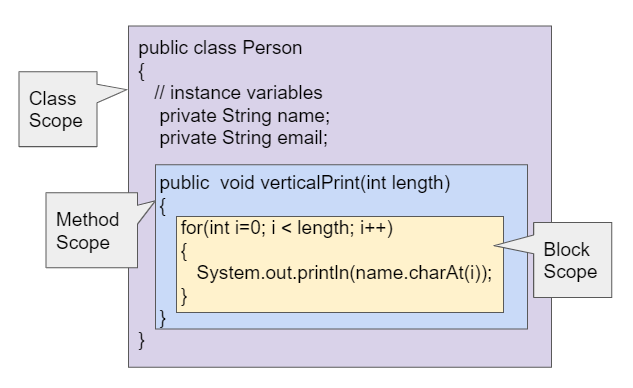
I'll respond in English as per your request.
In Java, a class is the blueprint for creating objects that encapsulate data and behavior. A class defines the properties (data) and methods (behavior) of an object. Think of it like a real-world template or mold for shaping concrete objects. The concept of classes helps create reusable code, making programming easier and more efficient.
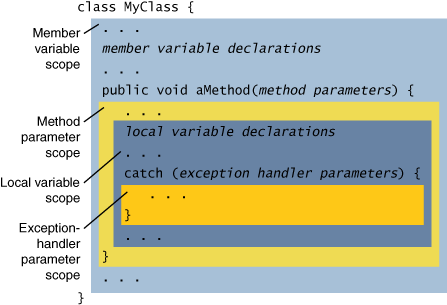
A Java class consists of:
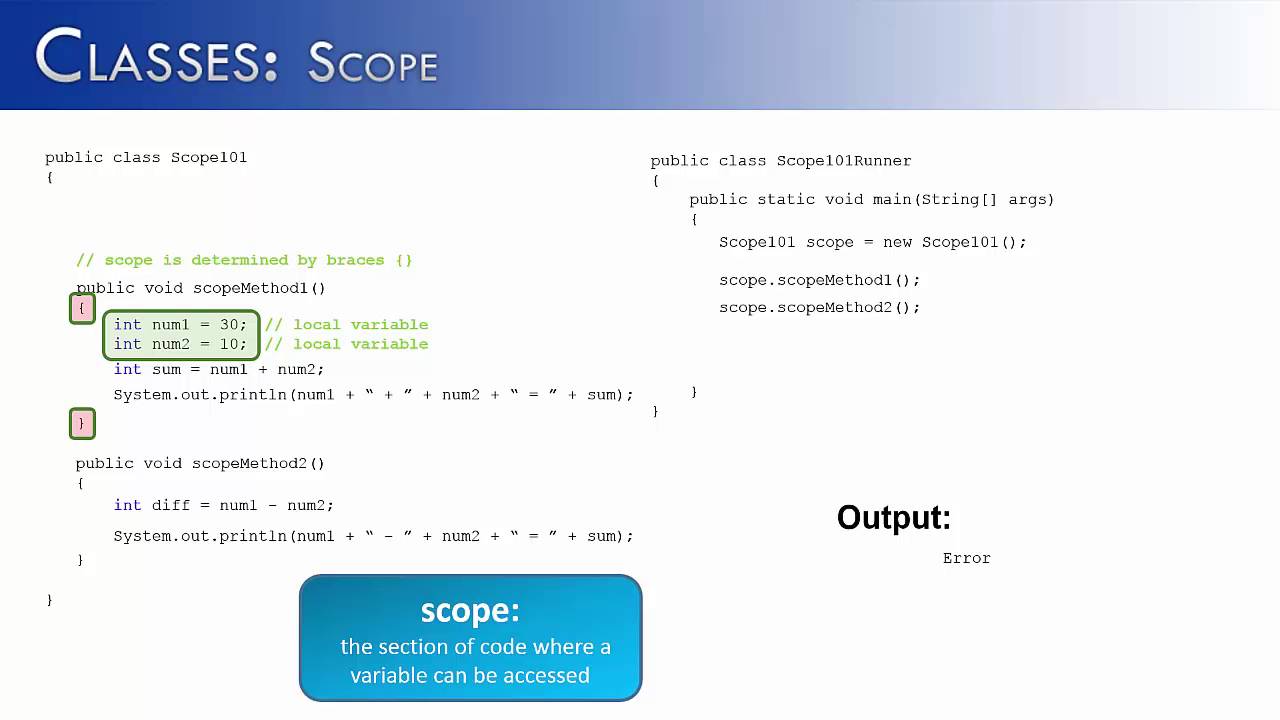
Here's a simple example of a Java class:
public class Person {// Instance variables (fields)
private String name;
private int age;
// Constructor
public Person(String name, int age) {
this.name = name;
this.age = age;
}
// Method to print person details
public void printDetails() {
System.out.println("Name: " + name + ", Age: " + age);
}
}
In this example, the Person class has two instance variables (name and age) and one constructor that takes name and age as parameters. It also has a method called printDetails() that prints out the person's details.
When you create an object from the Person class, it will have its own set of values for name and age. You can then call the printDetails() method on this object to see its specific information.
In summary, classes in Java provide a way to encapsulate data (instance variables) and behavior (methods), which are essential building blocks for creating reusable code. By understanding how to declare, define, and use classes effectively, you'll be able to write more robust, efficient, and maintainable software programs.
